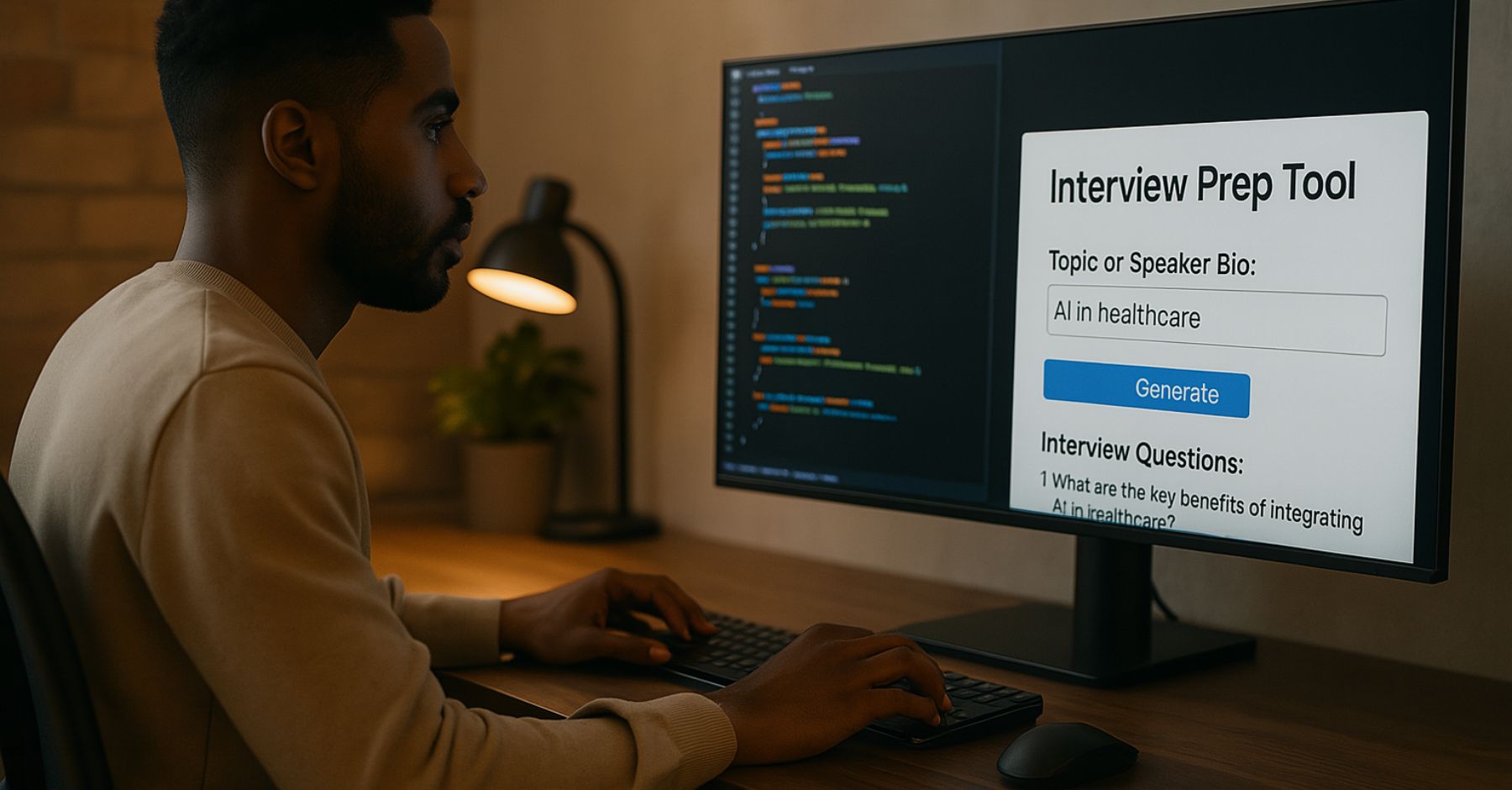Each week we’ll gather headlines and tips to keep you current with how generative AI affects PR and the world at large. If you have ideas on how to improve the newsletter, let us know!
What You Should Know
Congratulations, You’re a Software Engineer Now
Large language models can do lots of things no one anticipated … or have even heard of. “Vibe coding,” for instance, makes anyone a software engineer even if they don’t know coding languages. All you have to do is describe what you want an app to do in plain language, and the LLM will create it. Last week, Anthropic introduced the ability to create AI-powered applications within Claude.
While vibe coding has been simmering for months with specialized tools, this could be a breakout moment, introducing the concept and tools to a wider audience. And it seems inevitable that ChatGPT will introduce a similar feature at some point, given the value and how closely ChatGPT and Claude features mirror each other.
Creating software may seem a bit out of scope for communicators, but a little time investment can have a big impact. The process for creating these applications in Claude feels a lot like creating a custom GPT in ChatGPT. The most forward-thinking communication professionals will use vibe coding to solve problems for themselves and their customers.
In less than an hour, you can create a word processor that flags inaccuracies with a custom style guide or an interview prep tool that generates potential questions based on a journalist’s recent reporting and what’s happening in the news cycle. You could also build apps for forecasting results, evaluating website messaging, or building a library of examples. You could build one specific to your workflow that no one else would find useful but helps you become a better strategist and advisor.
Just keep in mind that picking up basic application-building skills comes with important considerations. If you’ve stuck around for all 100 editions of this newsletter, you know the usual caveats apply: Consult your data security and AI policies before using or collecting sensitive information.
That said, the juice could definitely be worth the squeeze, especially as vibe coding becomes a differentiating skill as AI continues to proliferate.
Elsewhere …
- VIDEO: China Hosts Its First Fully Autonomous AI Robot Soccer Match
- Moving AI Compute to Phones Massively Reduces Power Use, Study Finds
- Ex-Meta Engineers Have Built an AI Tool to Plan Every Detail of Your Trip
- Microsoft Says Its New AI System Diagnosed Patients 4 Times More Accurately Than Human Doctors
- Google Embraces AI in the Classroom with New Gemini Tools for Educators, Chatbots for Students, and More
- Spotify’s Latest Breakout Band, The Velvet Sundown, Appears to be AI-Generated – and Fans Aren’t Happy
 What AI doesn’t know
What AI doesn’t know
What’s happening: Nearly three years into the AI craze, these tools still hallucinate. Research says they always will.
Why it’s important: We’ve seen high-profile examples of hallucinations continue, like a recent government study on health and newspapers fabricating reading lists. Using AI requires a certain amount of oversight to protect your reputation — and communicators know that reputation is everything. At this point, it should go without saying that you need to review every AI output for accuracy, but you can take another step to make that easier.
Try this: Once you’re done prepping an AI tool with context and you’re ready to ask for a draft of whatever content you’re producing, add a line to your prompt that asks “flag anything you’re unsure of with [needcheck] so we’re only using information that’s vetted” or something similar. Worst case scenario, it overuses this tag and starts flagging things you know to be true, but at least it’s not confidently including misinformation and makes mistakes easier to catch.
Quote of the Week
“Sometimes the LLMs can’t fix a bug so I just work around it or ask for random changes until it goes away. It’s not too bad for throwaway weekend projects, but still quite amusing. I’m building a project or webapp, but it’s not really coding – I just see stuff, say stuff, run stuff, and copy paste stuff, and it mostly works.”
— Andrej Karpathy, Founder of Eureka Labs, in a post on X from February that started the “vibe coding” movement
How Was This Newsletter?



